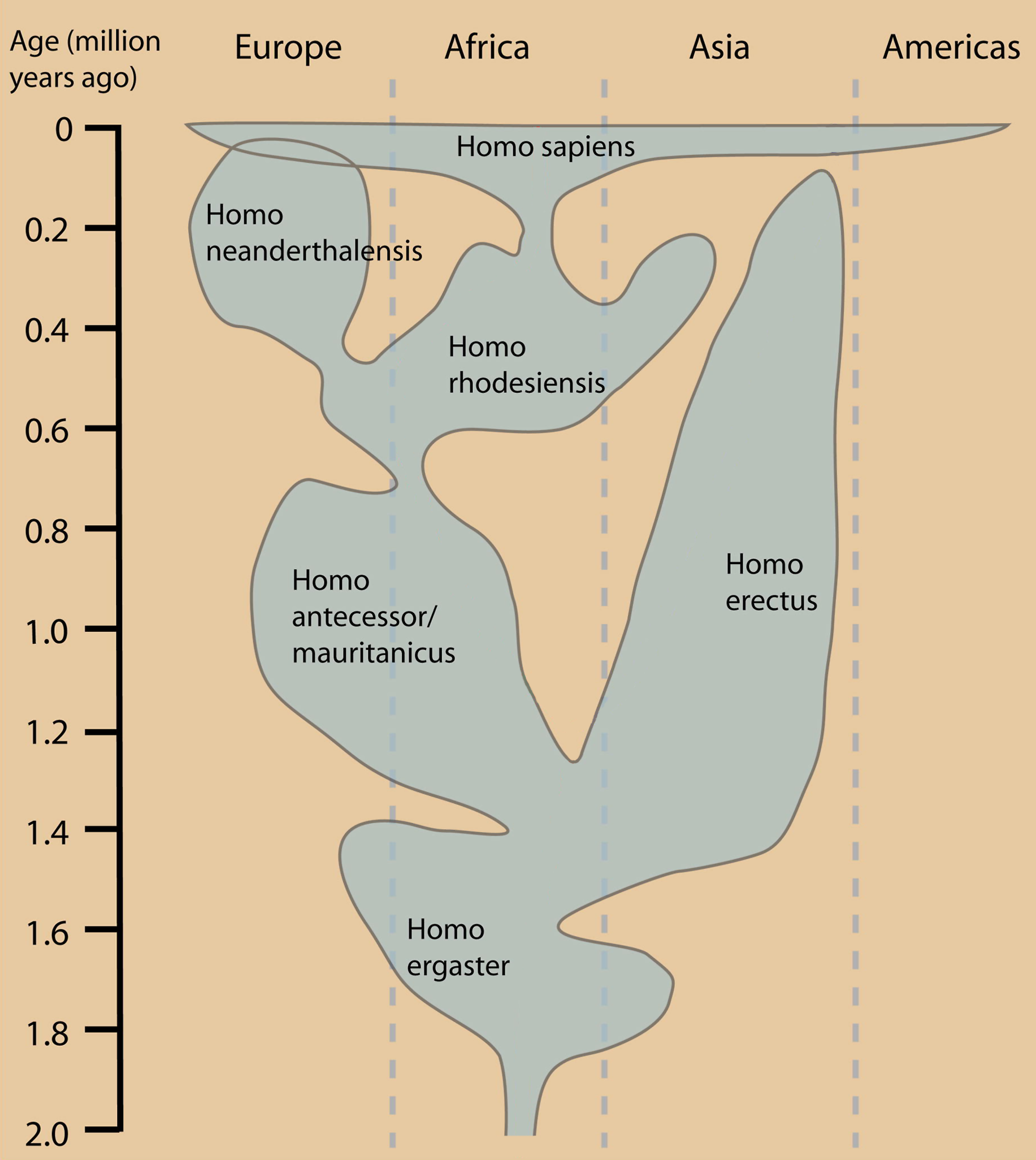 I'd be lying if I tried to claim that this whole "missing link," possible-primate-ancestor hasn't piqued my interest. So, since this blog is supposed to talk about anything and everything that does that, I would be failing you if I didn't at least briefly mention it. Even I can't completely avoid a media explosion.
I'd be lying if I tried to claim that this whole "missing link," possible-primate-ancestor hasn't piqued my interest. So, since this blog is supposed to talk about anything and everything that does that, I would be failing you if I didn't at least briefly mention it. Even I can't completely avoid a media explosion.
Here's the thing: I'm not a paleontologist. For that matter, I'm not an expert on primate or human evolution. Sure, I might understand it a little better than the average Joe or (apparently) science journalist, but I have nowhere near the knowledge or skills to accurately condone or dissect a paper of this nature.
I can say that calling anything a "missing link" is simply ridiculous, and to do so reveals a clear lack of understanding of how evolution works. Evolution isn't a chain; it's more like a branching tree. First off, the odds of finding part of the branch which leads directly to us - not a smaller branch off of it - is highly unlikely.  Even the best known fossils of human evolution are not necessarily ancestors so much as the other branches which came from them - Neanderthals are a great example. Take a look at the image on the right. What do you think the odds of finding a single fossil from one of those little bottlenecks instead of the large, bulbous areas is? The simple fact is that finding an example of a small subpopulation of a species that happened to lead to another is highly unlikely.
Even the best known fossils of human evolution are not necessarily ancestors so much as the other branches which came from them - Neanderthals are a great example. Take a look at the image on the right. What do you think the odds of finding a single fossil from one of those little bottlenecks instead of the large, bulbous areas is? The simple fact is that finding an example of a small subpopulation of a species that happened to lead to another is highly unlikely.
Explained another way: think of all the species of whale and dolphin that are out there. Now, imagine, that a particular population of killer whales -perhaps because they feed on marine mammals instead of fish - leads to some entirely new species, which lead to other species, that, millions of years from now, someone is trying to determine the origins of. What do you think the odds are that they a) find a fossilized killer whale of all the cetacean species that are out there and b) that itâs from the small group of killer whales that evolved into the new species? While any find gives us clues about the evolution and origins of an animal, it can't automatically be assumed to be a direct descendant, let alone a "missing link".
Of course, that doesn't mean a fully intact fossil, complete with a body outline and stomach contents, isn't an amazing and incredible find. It is. Period. Darwinius masillae, nicknamed "Ida", is a fantastic fossil. Not a "missing link", but a truly remarkable discovery none the less, which is sure to reveal much about how its species lived 47 million years ago.
And while I may not be the right person to teach you everything you need to know about this find, I am really, really good at reading what other people write, particularly those who are far more informed than I am on this topic. So, that said, if you want to learn more about this remarkable discovery, here are my suggestions.
1. First off, here's the paper itself. If you haven't already, I suggest reading it. It probably won't be entirely intelligible if you're not a paleontologist - that's ok. At least, having read it, you can approach the claims about the fossil with a better understanding of what is known about it.
2. After you read the paper, read something that explains it in layman's terms - like Greg Laden's excellent explination of the paper or this article by PZ Myers. It will help you digest, a bit anyhow, what was said. And if you're ambitious, A Blog Around The Clock has a very complete list of links to articles about Ida. You can go buck wild reading up on it.
3. As well as enjoying the sheer marvel of this fossil and the explinations of the find, be sure to read the critiques. Brian Switek has a great critique of this paper - the kind I'm not qualified to write. Carl Zimmer also tackles the media hype versus what was really found.
And perhaps, if by chance, some experts do read this blog, they can discuss this in the comments so that everyone else can benefit from their wisdom and insight :)
